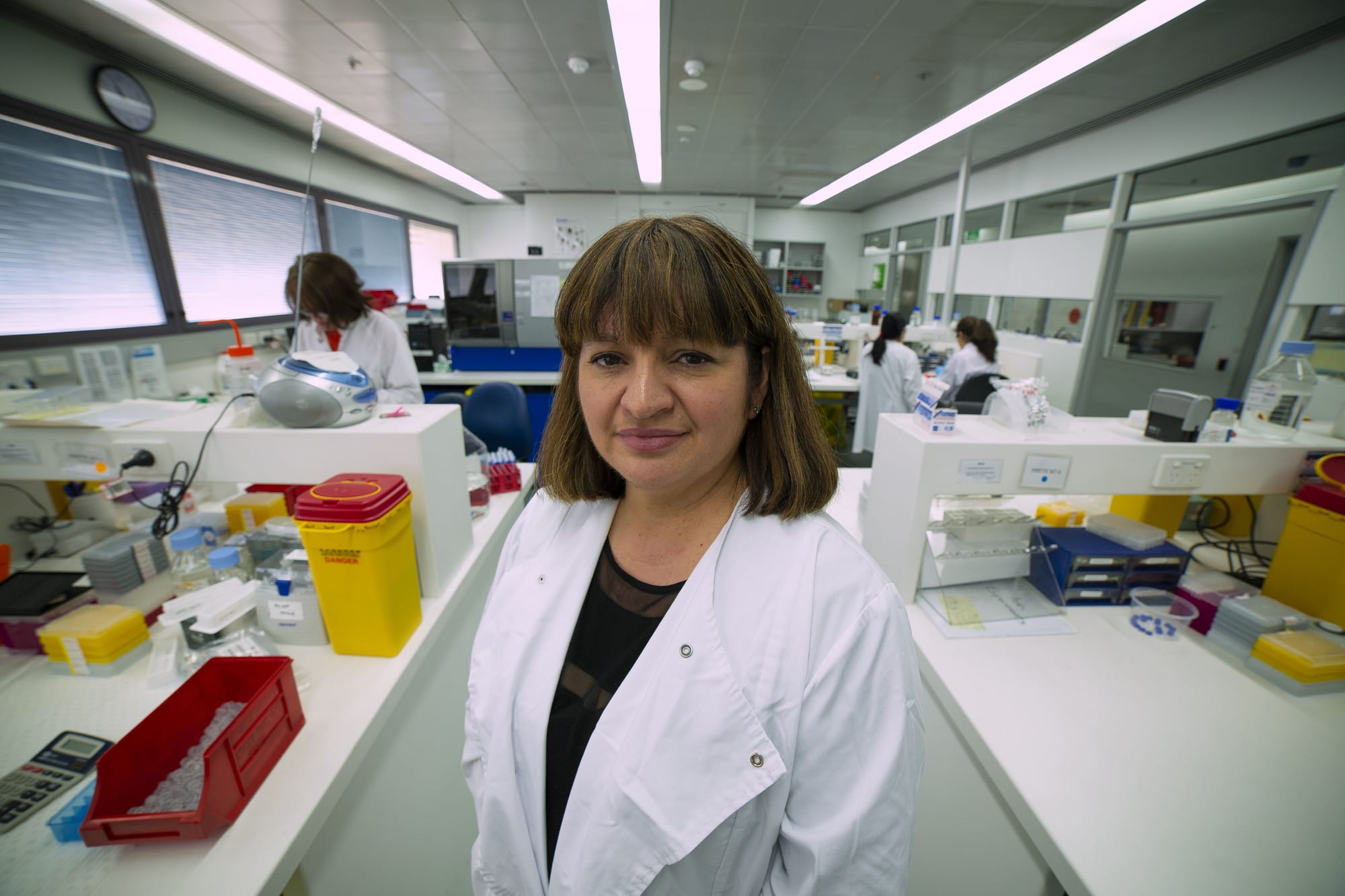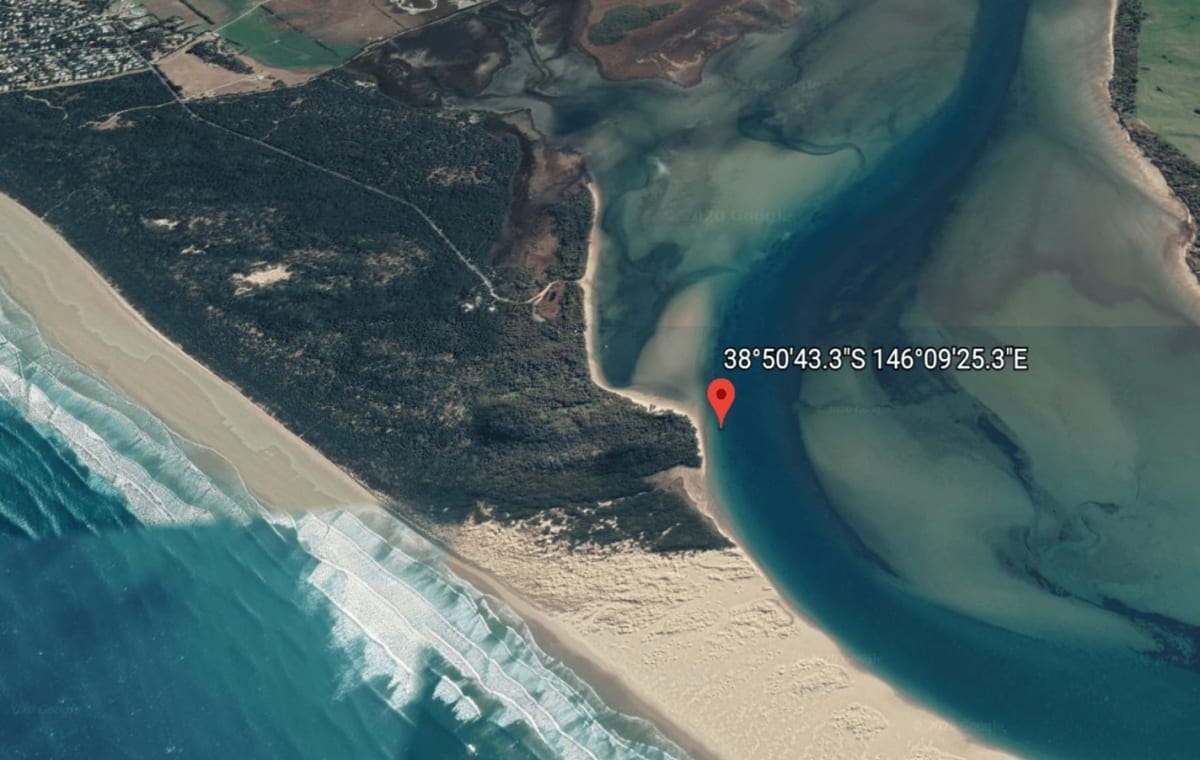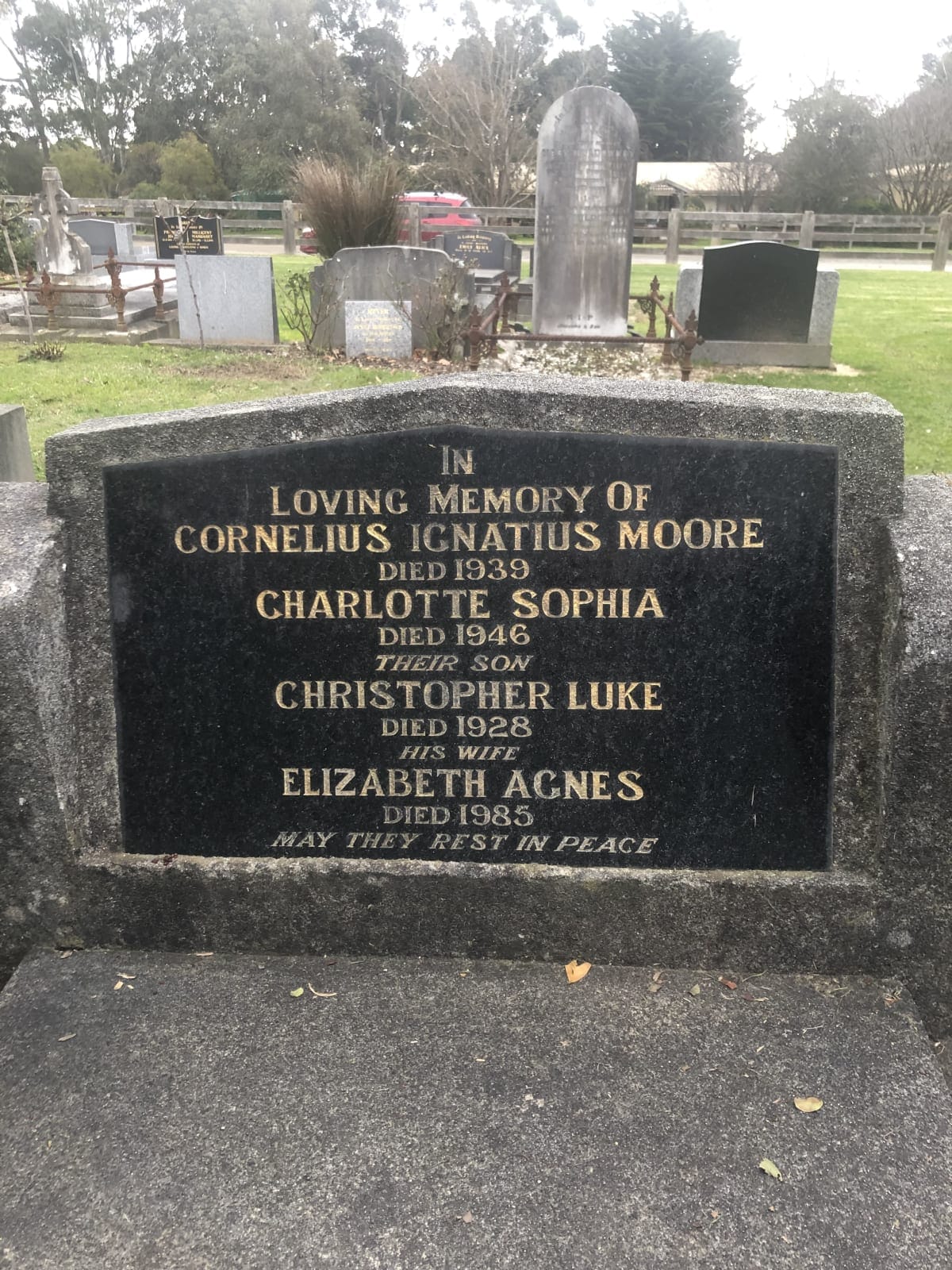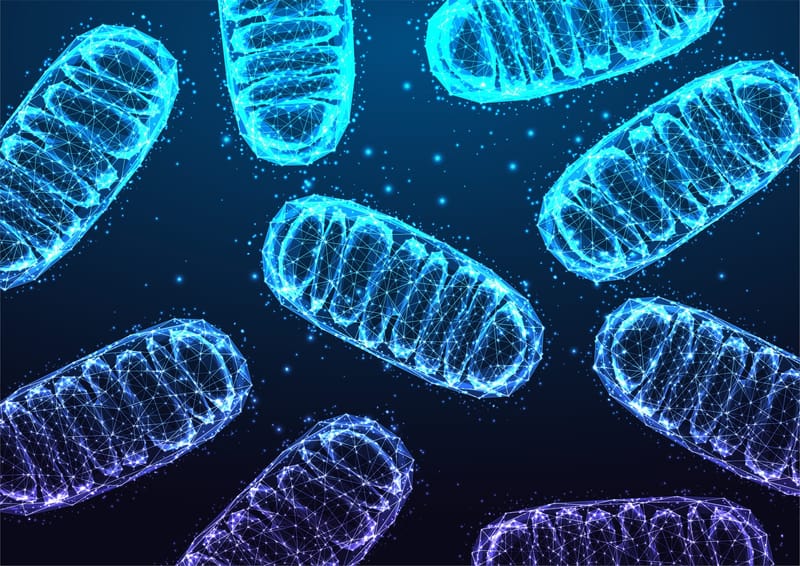
In 2018, at around the time the infamous Golden State Killer case hit the news for the use of forensic/investigative genetic genealogy (F/IGG) to identify the suspect, the lesser-known case of Buckskin Girl was also solved using the same method.
This was a real lightbulb moment for me.
How could we potentially use this new and emerging forensic tool to identify unidentified human remains (UHRs) cases – particularly where we had exhausted all current avenues of investigation?
The F/IGG technique uses a more expansive DNA profile that can probe wider family connections.
It wasn’t long before we had our first approved F/IGG projects up and running, in collaboration with Dr Nathan Scudder (Australian Federal Police), Dr Jennifer Raymond and Alison Sears (New South Wales Police Force), and Dr Runa Daniel (Victoria Police).
In early 2019, we began an evaluation of F/IGG in an Australian context, covering everything from evaluation, policy frameworks and procedures – and the complexities surrounding that – to examining each stage of the F/IGG pipeline (DNA extraction, DNA profile generation, uploading to genealogy databases, genealogy, and the generation of investigative leads).
From an UHRs case point of view, we quickly learnt that the DNA extracts were not of the quality and quantity required for F/IGG using whole genome array (WGA) – which is the most cost-effective way to try to generate the specific DNA profile (single nucleotide polymorphism or SNP profile) required for upload to genealogy databases.
We instead then turned our attention to whole genome sequencing (WGS), as a way to generate the required profiles.
As this required DNA samples to be sent overseas, careful consideration had to be given to which case would be sent for analysis, and the logistics of getting the samples there.
Top of my list was a Victorian case – the Sandy Point Man, or SPM.

Skeletal remains in the water
In 2017, skeletal remains were found at the inlet of Sandy Point at Waratah Bay, near Wilson’s Prom, by a snorkeler. The identity of the remains was as yet unknown.
Our laboratory extracted as much DNA as possible from a skeletal sample, with the view to maximise the yield we could submit for whole genome sequencing.
Little did we know at the time that we were dealing with a 94-year-old sample that had been submerged in water. We suspected the remains may have been old due to the dental work, and we had not yet carried out any other dating, so we had no way of knowing how old the remains were until we identified him.
We were excited as we packed the samples and sent them on their merry way. Waiting to hear if the laboratory (in Texas) had been successful in generating the required SNP profile was hard. I tried not to look at my email every other minute to see if we had any notifications.
It took some weeks to come back.
The first hurdle was to see if the profile met the quality requirements for upload to the two genealogy databases that forensic agencies like ours can use (GEDmatch PRO and FamilyTreeDNA). It was an immense relief to see that green tick icon appear next to the profile once uploaded.
It was now crunch-time. Would we have any suitable matches on the genealogy databases to enable the genealogy component to proceed?
We were joined for the genealogy by Dr Colleen Fitzpatrick (Identifinders International), forensic scientist April Stock, and legal/historian practitioner Fiona Leahy (both Victorian Institute of Forensic Medicine).
We were ready to hit the ground running as soon as the match lists were known.
And we were ecstatic when we saw the matches come up, indicating we had potentially close enough relatives of Sandy Point Man to make family tree-building possible.
The painstaking work of building family trees
Under the mentorship of Dr Fitzpatrick, and the guidance of Dr Daniel (as part of her University of New Haven practical placement ), our team set out to painstakingly build the family trees, using all the tools available at our disposal to squeeze as much information as possible from the match list of potential relatives.
The gods were smiling on us. We had individuals on the match lists that aligned with either his mother or father, enabling the team to build back both sides of the family tree.
We were fortunate that most of the team had completed training courses in F/IGG (such as graduate qualifications from the University of New Haven, or the FBI training course held at the VIFM).
It meant we had several highly skilled individuals able to review the outputs from the various tools used to help build a robust family tree.
Once the team had worked back to the most recent common ancestors (MRCAs) and identified the union couple (his likely parents), the pieces in the puzzle of Sandy Point Man’s identity began to fall into place.
Read more: Bomb testing fallout a forensic boon for carbon-dating time-of-death
We now knew which branch of the family we needed to concentrate on. Through a process of information gathering and elimination, we developed an investigative lead towards a name – Christopher Luke Moore.
Moore was born in 1899, served his country during WWI, and was a husband and father to a small daughter when he drowned at Waratah Bay on December 30, 1928. He was a farmer from Gippsland.
So, on 22 August, 2022, some 94 years following his drowning and five years after he was found, the F/IGG report was issued, resulting in the reporting two days later of the F/IGG-generated ID lead to the Coroners Court of Victoria.
Now, the well-established process to confirm him as Christopher Moore could proceed. This required initially identifying and then approaching the senior next of kin, who in this case turned out to be his grand-nieces and nephews.
With the assistance of one of the grand nieces, and through additional DNA comparative testing, Christopher Moore was formally identified.

The culmination of several years’ work
The coronial investigation into the identification of Sandy Point Man as Christopher Moore concluded in June this year.
To our knowledge, this is the first coronial identification reliant on F/IGG to generate the ID lead. What a momentous occasion that was for all of those who had since 2017 worked so tirelessly to give Sandy Point Man a name.
There were a couple of interesting side notes.
Firstly, biogeographical ancestry predictions conducted before the F/IGG work were instrumental in enabling case selection for F/IGG – the F/IGG databases have skewed ethnic representation.
Secondly, bomb-pulse (carbon) dating carried out while F/IGG was in progress indicated Sandy Point Man must have died sometime before 1956, and was not considered modern. This was useful to note and assist during the genealogy.
Thirdly, when we commenced the forensic investigation on him, historical records were searched looking for drowning victims in the Waratah Bay area. Given the distinctive dental work, we knew it was unlikely he drowned recently. So, a list of 10 drowning victims was compiled, which included Christopher Moore.
But, given there was a gravesite with his name on it, at the time it was felt that maybe he wasn’t a good candidate for Sandy Point Man – DNA and F/IGG eventually proved that theory wrong.
It was the excellent record-searching conducted by the team that uncovered documentation noting that only his jawbone was buried there.

Ultimately, our work is about returning missing individuals to their families. On 25 August this year, we were honoured to be invited by the family to attend Christopher’s interment into the family plot.
While this was an extraordinary case of a man identified some 95 years after he drowned, each UHR case (regardless of its age) deserves to have every avenue explored to help identify them.
The F/IGG method will now open avenues of inquiry for many of these – and that’s why I love the work that I do.





